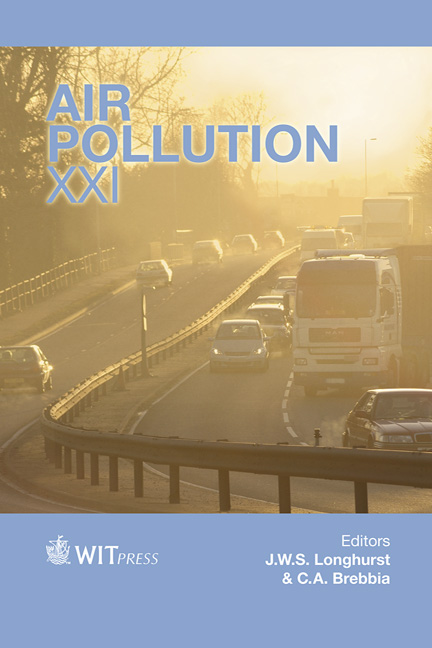Long-term Trend Of Indoor Volatile Organic Compounds (VOC)
Price
Free (open access)
Transaction
Volume
174
Pages
9
Page Range
65 - 73
Published
2013
Size
337 kb
Paper DOI
10.2495/AIR130061
Copyright
WIT Press
Author(s)
S. Matysik, P. Opitz & O. Herbarth
Abstract
Volatile organic compounds (VOCs) are suspected to be associated with health effects. In a first step, the health relevance could be judged using the sum concentration of a set of specific VOCs. This sum consists of a typical pattern of VOCs which may contribute to health disorders in a different way – for example, substances with an irritative, inflammatory or allergy triggering effect. That’s why it is impossible to assess the health impact by means of the VOCsum. Furthermore, several groups of substances (or their percentage) can decrease or increase over time with or without influencing the VOCsum. From this point of view, it is necessary to know these typical patterns and to know whether these patterns have changed over the years. Within the frame of some epidemiological studies we investigated the indoor VOCs exposure burden during a 15 year period. 2679 measurements were performed and 4225 study participants were involved. The study was focused on homes with families. To avoid possible regional-specific confounder effects, this assessment was conducted for an urban centre in Germany with a sufficiently long and continuous time series (1994–2008). VOCs were determined using passive sampling over 4 weeks. The passive samplers were extracted and analysed with gas chromatography-mass spectrometry. All measurement periods were equally distributed over seasons and years. The time series of some groups of VOCs show a clear trend. A substantial reduction in the total sum of VOCs (about 60%) and aromatics (about 80%) could be demonstrated as well as a decreasing trend of alkanes. No such changes could be observed for cycloalkanes, chlorinated hydrocarbons and terpenes.
Keywords
indoor exposure, VOC, long-term trend, hygiene, environmental medicine





